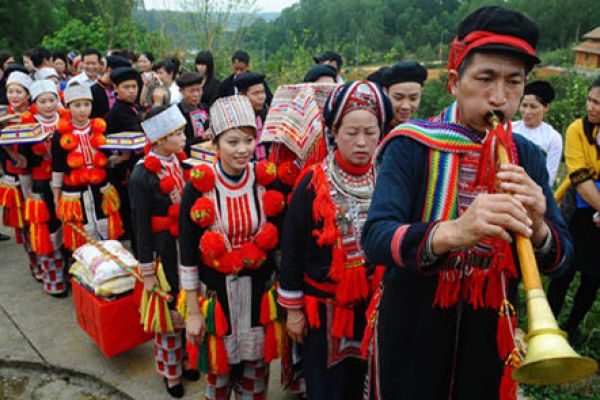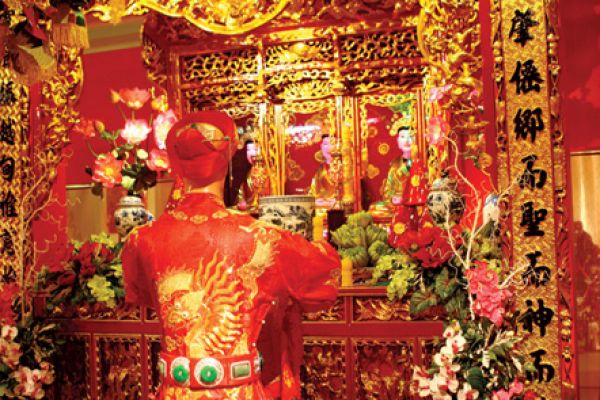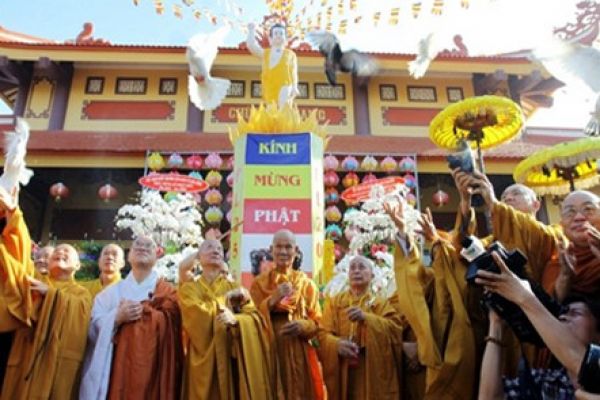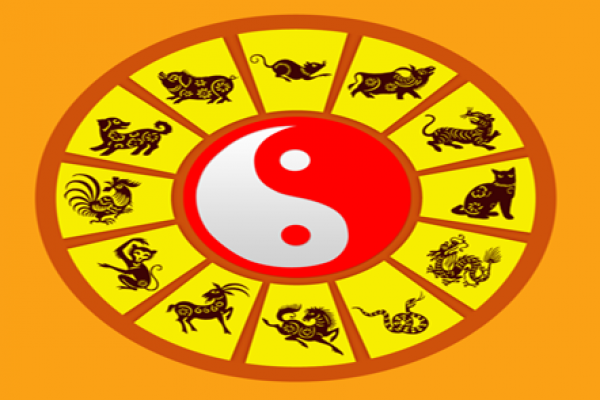The cult of worshipping the genie of water was an ancient and common practice in the water area, which originated from the belief that everything has its own spirit. Researches on the legends and worship customs in the region showed that the practice had a long history and still left quite a lot of significant marks today.
The first destination is Cua Song (river mouth) temple, which is also called in other names such as, Tam Giang, Co Bo, Mau Thoai. The temple situated in Yen Lac hamlet, Moc Nam commune, Duy Tien district. The temple was built on a mound emerging from the river where Red river and Lanh Giang river met. Lanh Giang was in fact a string of Red river. The current of water somehow create the mound. This is the reason why the temple was also called Tam Giang (three river). Today Lanh Giang had been shrank into a very small steam. However it used to be a very big river with fierce currents and deadly whirls that frequently threaten people`s lives. That`s why the temple became so miraculous. People flock here to pray everyday. Later on, as the current changed its direction, the mound was blown off and the temple was moved into the land.
The temple was built by the Red river. In the festival season at the temple, people had boat race and water procession, the very practice that closely relate to the worship of the water genie. The genie in this temple is called Mau Thoai, one of the Four Palace Creeds, who is to take care of the whole region.
Another temple that had a close history with Cua Song temple is Lanh Giang temple or Chinh temple or De Tam temple. This is the temple that worshiped three Generals who had great merit in protecting the country from the invasion of the North in King Hung period. Legend has it that they are the sons of water genie and was initially born in the shape of three snakes.
The temple was built right by the riverbank, at the foot of the dike where people can call in and pray any time they pass by. The genie in the shape of a snake is quite a common symbol in the cult of worshiping water genie. In Lanh Giang festival, people also hold boat racing water procession; those are varying typical activities of the water worship belief. Lanh Giang is only 100m from Cua Song temple, which represents a strong influence of this belief on the people`s spiritual life.
Vestiges of the water genie worship can be seen in the dragon sculptures on Sung Thien Dien Linh steles and every wall in the temple. Dragon is the holy symbol in the rice cultivation culture, which represents people`s wishes for good natural condition for agriculture. The symbol of dragon is the combination of the shape of a snake and a crocodile, which are familiar animals in a watery region. This symbol was originated from the practice of worshiping the snake and crocodile as their totems. Legend has it that the Father of the ancient Viet, Lac Long Quan, was a snake. Then the two animals were symbolized in the shape of a dragon. In Vietnam`s feudal period, dragon was the symbol of the royalty and the power of the feudalism.
The legend about Van Xa`s genie also gives another example of the cult of worshiping the water genie. The tutelary genie of the village was born from the shape of a snake. When the dike was broken in a flood, he stretched his body to mend the broken dike and prevent the water from sweeping the whole village.
The genie in Da Tien Phong (An Nong hamlet, Tien Phong commune, Ly Nhan district) was a female general in Trung sisters` army. When she died, there was a dragon with a golden boat appeared and took her to the heaven.
Those are the cultural values of folk belief that were preserved in the stories and legends that are now still orally handed down. We can see the representation of this belief by looking at the practice of worshiping, in festivals in Ha Nam.







